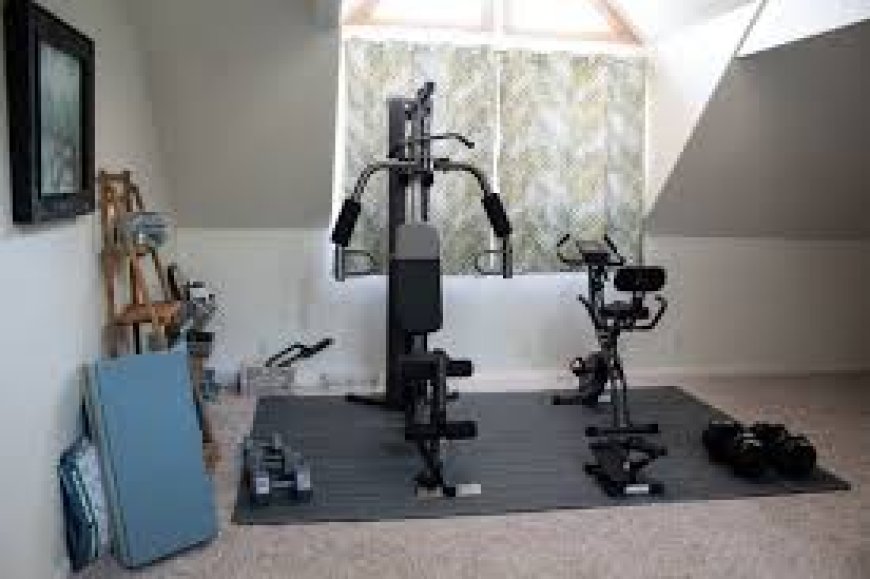Internet of Things (IoT) in Smart Home: What You Need to Know
Internet of Things (IoT) in Smart Home. Welcome to the future! The concept of—or the Internet of Things, or IoT as it is more commonly referred to as—is defining a completely new avenue for our homes.

Internet of Things (IoT) in Smart Home: What You Need to Know
Internet of Things (IoT) in Smart Home. Welcome to the future! The concept of—or the Internet of Things, or IoT as it is more commonl
y referred to as—is defining a completely new avenue for our homes. Which, if you haven’t picked up on it yet, is to say that smart homes are not only common but can be said to be on the rise. Now, let’s go deep into the utilization of IoT in smart homes: smart thermostats, smart home security systems, voice assistance, and some issues.

What is IoT?
Internet of Things (IoT) in Smart Home. To begin with, it is necessary to define what IoT means (Vertsreminder, 2015). Just for instance, think about connecting all the devices that you use in your day-to-day life to the internet. That’s IoT in a nutshell. It enables the devices to interface and also be operated by signals from outside their vicinity. It is emerging to dispel some of the country’s energy consumption and transform our lives as we know them.
The Rise of Smart Homes
Internet of Things (IoT) in Smart Home. It is evident that the use of IoT in homes is slowly becoming popular. This means that people are incorporating technology into their lives to try and make things work easier and perhaps more smoothly. Smart homes bring efficiency into the palm of our hands—literally. Hitherto, using a smartphone or voice command, a single touch can manage several appliances.
Smart Thermostats
Another compelling contender one could identify in the context of IoT is the so-called smart thermostat. These neat gizmos can track when you’re home or away and prime the thermostat accordingly. It has been a thing of the past to keep on adjusting the thermostat. Internet of Things (IoT) in Smart Home. If you have plans that you will be away from home, your smart thermostat understands this and does not consume energy excessively in heating or cooling the house, and therefore you don’t have to pay a lot of bills when you get back home.
Current choices, including Nest or Ecobee, include additional features like remote control as well as energy feedback. These points enable you to make the right decisions on energy consumption. Internet of Things (IoT) in Smart Home. Secondly, who wouldn’t be captivated by the environmentally friendly solutions? Reduced energy utilization has a reduced negative impact on the environment.
Security Systems
Internet of Things (IoT) in Smart Home. Let’s talk about security. The aspect of home security has been revolutionized due to IoT. Physical keys of ancient locks as well as alarm systems are transforming into smart systems and cameras. Internet of Things (IoT) in Smart Home. The smart security system can alert you on your phone whether it’s a delivery at your door or somebody buddy moving around outside.
One good example is the Ring doorbell that was recently acquired by Amazon. It allows the user to identify the visitor and communicate with the visitor using the smartphone. This connection increases the chances of having peaceful minds. Internet of Things (IoT) in Smart Home. Now you can look at our home and see what is going on, no matter where you are.
These systems have some features like motion detection and night vision, which gives an extra security advantage. Furthermore, the majority allows interfacing with a police or fire department, making emergency responses easier.
Voice Assistants
And then there are voice assistants. Internet of Things (IoT) in Smart Home. I now ask myself questions through voice and write the answers to the questions in my blog. Smart speakers like Amazon Alexa and Google Assistant have become so popular to become a standard household appliance. These enable you to manage numerous devices using elementary voice instructions. Want to dim the lights? Just ask!
Entertainment is also provided by voice assistants. It is easy for you to tell your assistant to play some music, read the news, or give an update on the weather condition. The use of these smart devices has it Rooney place as they are very convenient to use.
Also, they can work with numerous other smart devices, which makes it possible to create a single system. Think about walking into your house, greeting it with hello, and the entire environment responding by turning on the light and playing your favorite music. Sounds dreamy, right?
Challenges: Security and Interoperability
Internet of Things (IoT) in Smart Home. Although the preceding benefits could be strongly highlighted, the moment has come to describe the drawbacks of IoT in smart households. The two main issues are security and the integration with the existing solution.
Security Risks
The benefits of connectivity being that the lives of people are now much more interconnected, mean that threats are also more imminent. Internet of Things (IoT) in Smart Home. The above IoT devices can be attacked and hacked. Consider, for example, someone assuming command of your smart door lock or your thermostat. The thought is frightening. Security has to become the priority when it comes to selecting the devices.
Ensure it is a good practice to update the firmware of any smart devices you have. Use strong, unique passwords. Allow the use of at least two-factor authentication anytime its implementation is possible. The following steps can perhaps reduce some of these risks:
Interoperability Issues
Another issue relates to compatibility: The idea that different IoT devices are compatible is not always true. It usually varies from brand to brand. As you can see, this leads to problems for users who are seeking to have a single smart home system that is compatible with as many devices as possible.
When you are putting your money on smart devices, make sure that the items you are purchasing are compatible. It may be wise to begin with one ecosystem if you want all your fixtures to work in harmony, like Google Home or Amazon Alexa.
Conclusion: Integrated with this is the acceptance of the future of smart living
Internet of Things (IoT) in Smart Home. That said, it is hard to deny such opportunities IoT provides in smart homes. They are useful, secure, safe, and effective. More innovation is on the way as technology advances with time. The women are able to work with technology, which is advancing with time.
These include smart home automation systems such as smart thermostats, smart security systems, and automated voice assistants, among others. Internet of Things (IoT) in Smart Home. This therefore means that adopting this information communication technology results in an improvement of the quality of life.
So, why hesitate? To my friends and followers, let me take you on a journey into a smart home future and the options available. It just takes a little care over security and foresight as to which devices will be happiest living together in harmony, and a smart home can transform your experience. Here is the announcement of the new type of living.
Internet of Things (IoT) in Smart Home. As you well know, the theme of home living for the future is not about easier but smarter. IoT is here, and it is time to take advantage and begin the journey towards smart home, which means smart living.
What's Your Reaction?




































